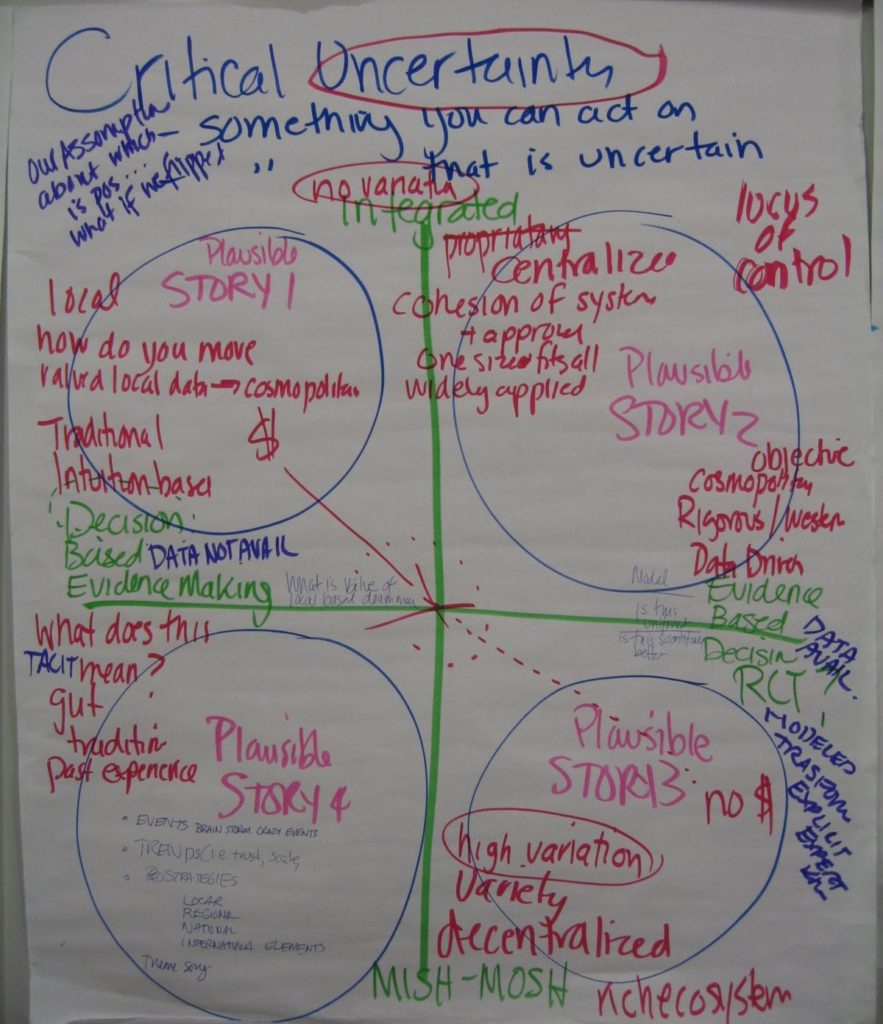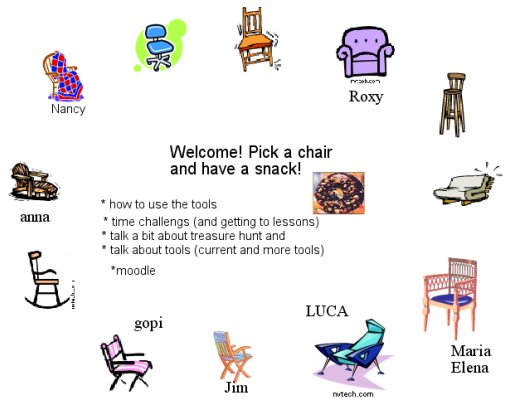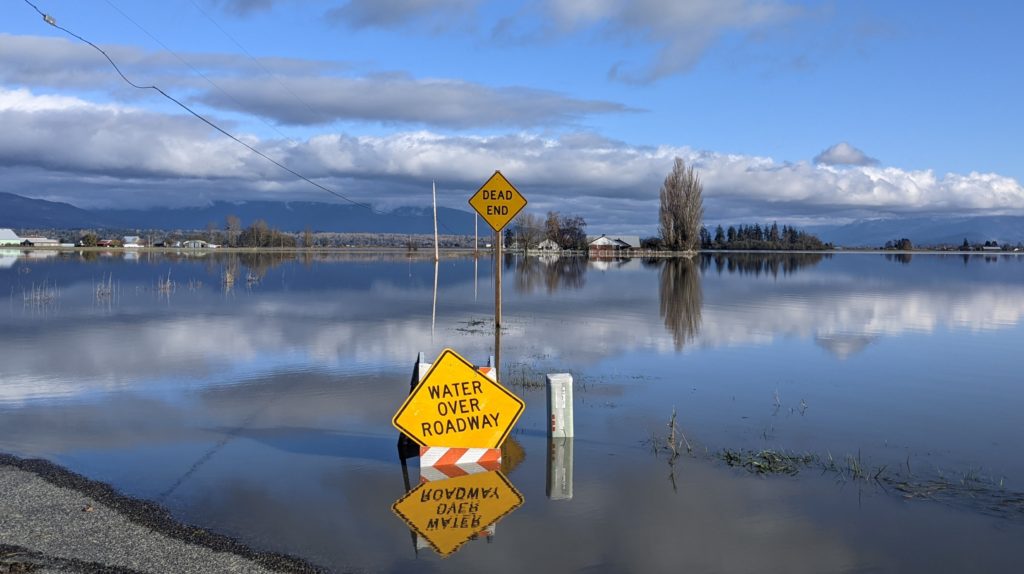The blog link for this amazing quote from 2011 is dead, but Tom Atlee (Co-Intelligence Institute) continues his amazing work (you can support the Institute here.)
As I reflect on the quote, I think of the current high level of polarity that we so often seem to want to ignore, gloss over of simply avoid by not interacting with those who believe differently than we do. If we just focus on symptoms, we just make it worse. See a few ideas below the quote…
Just because some energy or activity ceases to be clearly and publicly visible, doesn’t mean it has died or gone away. Especially when you suppress it with violence, you almost guarantee it will continue, growing and evolving, surfacing with new energy and impacts in new times and places, often to people’s great surprise. Addressing symptoms of a disturbance seldom handles the cause, which will soon find other outlets to manifest whatever need is not being met.
Tom Atlee, Co-Intelligence Institute
I appreciate a few of the Liberating Structures that help us step past our assumptions (the place of just focusing on symptoms and not causes?) such as Critical Uncertainties, Agreement Certainty Matrix and Ecocycle. When we offload some of the posturing and judgement and give some space for sense making, we can get closer to cause.
via What happens now with OWS? – Random Communications from an Evolutionary Edge.




